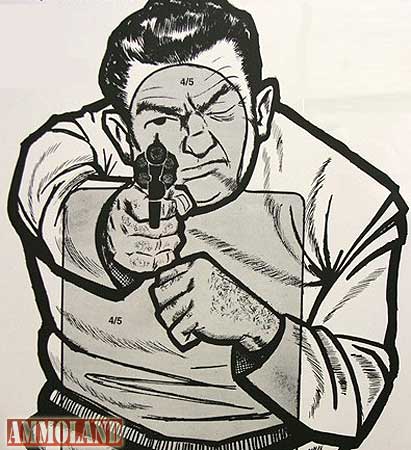Opinion

Ft Collins, CO –-(Ammoland.com)- “Shoot, when you have no choice! Don’t, when you have other choices that are reasonably safe. When you have no choice except to shoot, who cares if it’s ‘legal?’ When you don’t need to shoot, who cares if it would have been ‘legal?’” ~ Frieling
The foregoing quotation, from a celebrated lawyer, represents his inevitable answer to the naive question:
“Can/should I shoot someone if they ….?”
When you’re involved in a deadly-force incident, particularly one where guns were present, here are some factors that will lend credibility to your case:
1) You were not the “initial aggressor”.
When it becomes obvious to the jury that you were going about in public, armed with a deadly weapon, presenting yourself as “bait,” looking/hoping for an “opportunity,” an “excuse,” to shoot someone, as did Paul Kersey (played by Charles Bronson) in the original (1974) version of “Death Wish,” don’t expect much sympathy, regardless of other facts in the case.
Prosecutors refer to this attitude as “the malignant mind.” The Latin is “mens rea.”
The “Death Wish” motif may be made into an entertaining film, but neither prosecutors, nor juries, will have any tolerance for it!
Don’t go anywhere with a gun, that you wouldn’t go without a gun!
2) Even when you were not the initial aggressor, when in a public place and faced with someone offering violence and/or wishing to engage in violence, you declined confrontation and instead made a reasonable effort to disengage and separate (assuming it was mostly safe to do so).
In order to qualify as an “innocent party” you must not say, nor do, anything that a reasonable person would interpret as aggravating/challenging the aggressor(s).
The horn on your car

